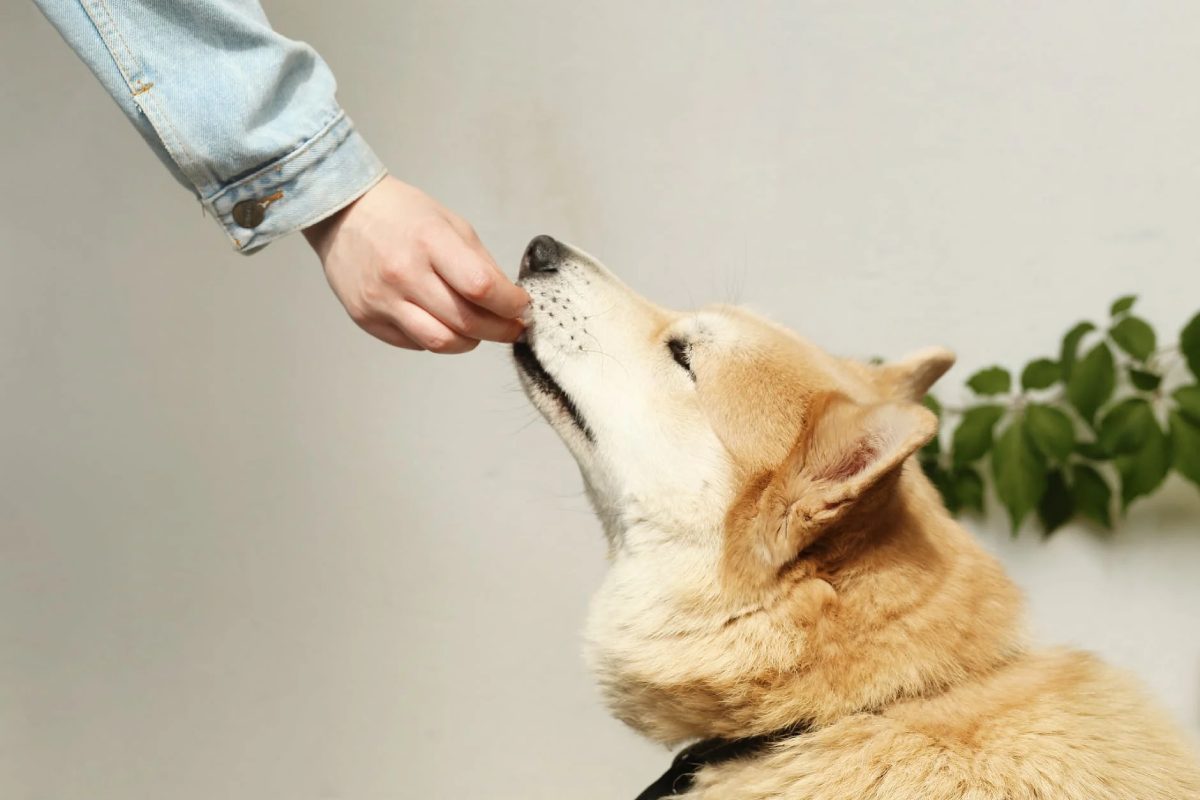
American Akitas can be intimidating breeds. They aren’t just big and strong for show, they can also be very helpful when dealing with danger. Akita Inus are Japanese breeds that were once guard dogs to the nobility and royalty of feudal Japan. They are still great guard dogs, but are much more docile with their human companions and friends.
Do you plan to buy one? They are not easy to grow and train. Even experienced owners may need to hire an expert to help them. There is so much more to learn about the American Akitas. One of the things you need to learn about is their diet and food. Today I’ll give you an overview of the history, appearance and behavior of your pet and their dietary requirements.
Background Information
After World War II, American Akitas developed into different types. The breed was developed from Akita Inu, a dog that originated from Akita, the third most snowy prefecture of Japan. Akitas are believed to have been bred in the early 1600s for hunting wildlife such as bears, deer, and rabbits. In addition to hunting, they also guard the home of their owners.
In order to save Akitas, the Japanese started breeding them with German Shepherds. This resulted in hybrids that are growing in numbers. Hellen Keller imported the first pair of Akitas to the United States of America in 1938. The breed quickly gained popularity amongst military personnel.
The Akita Club was founded in America in 1956. In October 1972, the American Kennel Club officially recognized the American Akita as a breed. There has been some debate about whether the Japanese and American Akitas were two different breeds. In 2018, the Akita was ranked 47th in popularity (read more) among dog breeds in America. They are now recognized as two distinct dog breeds.
Appearance
- The American Akita is characterized by its large body and head, with triangular-shaped eyes that resemble bear eyes.
- There are many colors to choose from, including brindle of all kinds, black masks, white masks, solid whites, red, blacks, fawns, silvers, self-colored masks, pintos, and more.
- Double-coated, with a dense undercoat beneath a short topcoat.
Size
A male adult American Akita can weigh between 85 and 130 lbs, with a height of around 26 to 28 in. On the other hand, a female adult weighs between 70 and 110 lbs with a standing height of 24 to 26 in. Other cases exist where the height of the adult female exceeds this range. However, it does not have a significant impact on their health. Keep track of their weight, as it has a direct impact on nutrition.
Temperament
Here’s where things get a bit dicey. Both the American and Japanese Akitas have similar temperaments. These dogs are courageous and strong-willed. They will jump at any provocation or threat. Because they are wary and not friendly with other animals, they require special training. Because of their long history as hunters, they also prey upon small animals such as squirrels.
To prevent aggressive behavior, socializing them from birth is essential. These dogs, despite their toughness, are very affectionate with their humans and aren’t afraid to show off their silly side. They are loyal and enjoy human company. They are playful and full of energy.
Feeding and Weight Management

When it comes to nutrition and dietary requirements, all dogs follow a general standard. The American Akita breeds deviate slightly from these standards. Akitas have a high energy level and burn calories quickly.
Tradition has it that they are fed fish, sea plants and rice from Japan. It is a balanced diet with carbohydrates and proteins. They are also natural and do not contain preservatives.
However, I realize that not everyone has access to traditional foods and some of them may even be very expensive. Substituting other food sources can be a great alternative. Rice is the main source of carbohydrates for them, but there are other options. Keep it as natural and organic as you can to maintain your dog’s health. Make sure to consult your veterinarian before making food for dogs.
Eat According to Their Age
Puppies have additional needs than just milk. Puppies need special food until the age of 4 months. You can then feed them moderate amounts of food based on their nutritional value up to seven years old. For seven years and above, they need a lighter diet to prevent kidney diseases and obesity. Akita-Inus can be prone to obesity. Be sure to track their weight and adjust the diet as needed.
Frequency
The energetic and playful dog breeds need to be fed twice daily. Die meals are heavily dependent on the dog’s age, metabolism, and build. Wet pines should not be the main meal. Treats are allowed but only for training purposes. Outside of that, they should be avoided to prevent obesity.
How Much Do You Want?
You can feed your pet an average of 5-6 cups of dry food. You can quickly determine the amount by watching. You can start by putting in 2 cups of dry food, then observe if they leave the bowl or continue to stare and expect. You can add half a cup every time they start to expect until they leave!
Related posts


